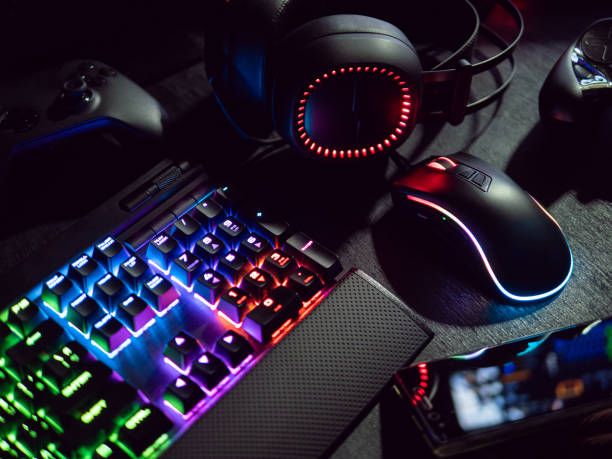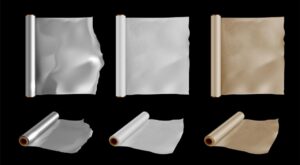Web Designing Course in Chandigarh
Animation and Interaction Design’s Effect on User Engagement
Introduction
Without animation and interaction design, a modern website would be lacking in its ability to captivate users and enhance their overall experience. Understanding how animation and interface design impact user behavior in the contemporary digital environment—where user engagement is critical—is necessary to create captivating and profitable websites. For anyone who wish to learn more about these facets of web design, exploring a comprehensive Web Designing Course in Chandigarh can provide valuable insights and practical skills to navigate the evolving landscape of digital design effectively.
In the constantly changing world of web design, using animation and interaction design to engage users and dynamically deliver content has become a crucial strategy. These characteristics give static pages on websites life and interactivity, transforming them into dynamic experiences. They might be as small as hover effects or as complex as scrolling animations.
Animation’s Function in User Engagement
Users can be drawn in and guided through the content of a website with the help of animation. Animation is a more effective way to transmit information than just static visuals, whether it’s a loading animation that gives users feedback or a storytelling animation that explains a brand’s message. Strategic usage of animation by designers can result in memorable experiences that pique users’ interest and entice them to explore more.
Using Interaction Design to Improve User Experience
The aim of interaction design is to create smooth and intuitive user experiences by concentrating on how users interact with a website or application. By employing interactive components like buttons, menus, and forms, designers may enhance user interaction and optimize the navigation process. Interaction design is essential to improving the user experience overall because it makes the user interface more accessible and usable.
Creating Emotional Connections through Animation
Animation has the power to evoke emotions and create memorable experiences for users. Whether it’s through whimsical illustrations or subtle microinteractions, animation can add personality and charm to a website, making it more relatable and engaging. By tapping into users’ emotions, designers can forge deeper connections with their audience, fostering loyalty and trust in the brand.
The Psychology of Interaction Design
Understanding the psychology behind user behavior is essential for effective interaction design. By applying principles of cognitive psychology and humancomputer interaction, designers can create interfaces that are intuitive and userfriendly. From the use of visual hierarchy to the implementation of feedback mechanisms, thoughtful interaction design can guide users through the website’s content and encourage meaningful interactions.
Balancing Performance and Engagement
While animation and interaction design can enhance user engagement, it’s important to strike a balance between performance and aesthetics. Overly complex animations or excessive use of interactive elements can slow down the website’s loading time and detract from the user experience. By optimizing animations for performance and prioritizing usability, designers can ensure that their websites are both engaging and efficient.
Accessibility Considerations
Inclusive design principles should be applied to animation and interaction design to ensure that all users can access and interact with the content effectively. By providing alternative means of interaction for users with disabilities and designing with accessibility in mind, designers can create websites that are usable by everyone, regardless of their abilities or limitations.
Measuring the Impact of Animation and Interaction Design
Analyzing user engagement metrics such as bounce rate, time on page, and conversion rate can provide valuable insights into the effectiveness of animation and interaction design. By tracking user interactions and behavior patterns, designers can identify areas for improvement and refine their designs to better meet users’ needs and expectations.
Conclusion
In conclusion, animation and interaction design have a big impact on user experience and user engagement on websites. By using animation to create immersive experiences and establishing user-friendly interactive interfaces, designers may create websites that captivate consumers and encourage them to return. As technology advances, animation and interaction design will undoubtedly remain crucial components of well-designed websites, shaping users’ experiences and perceptions of the virtual world. For anyone who wish to learn more about the field of web design, exploring a Web Designing Course in Chandigarh sector 34 can provide valuable insights and skills to navigate the evolving landscape of animation and interaction design effectively.
Frequently Asked Questions (FAQs)
1. How does animation contribute to user engagement on websites?
Animation adds visual interest and interactivity to websites, capturing users’ attention and guiding them through the content. Whether it’s through subtle hover effects, loading animations, or storytelling animations, wellexecuted animation can create memorable experiences that keep users engaged and encourage exploration.
2. What are some best practices for incorporating animation into web design?
When incorporating animation into web design, it’s important to use it purposefully and sparingly. Animation should serve a clear function, such as providing feedback to users or highlighting important information. Additionally, designers should optimize animations for performance to ensure smooth loading times and seamless user experiences across devices.
3. How can interaction design improve the usability of a website?
Interaction design focuses on creating intuitive and seamless experiences for users by optimizing the interface for usability and accessibility. By designing clear and consistent interactive elements such as buttons, menus, and forms, interaction design streamlines the navigation process and guides users through the website’s content more efficiently.
4. Are there any accessibility considerations when designing with animation and interaction?
Yes, inclusive design principles should be applied to animation and interaction design to ensure that all users can access and interact with the content effectively. Designers should provide alternative means of interaction for users with disabilities, such as keyboard navigation for those who cannot use a mouse, and avoid animations that may cause seizures or sensory overload.
5. How can the impact of animation and interaction design be measured?
The impact of animation and interaction design can be measured through various user engagement metrics, such as bounce rate, time on page, and conversion rate. By analyzing these metrics, designers can gain insights into how users interact with their websites and identify areas for improvement to enhance the overall user experience.












